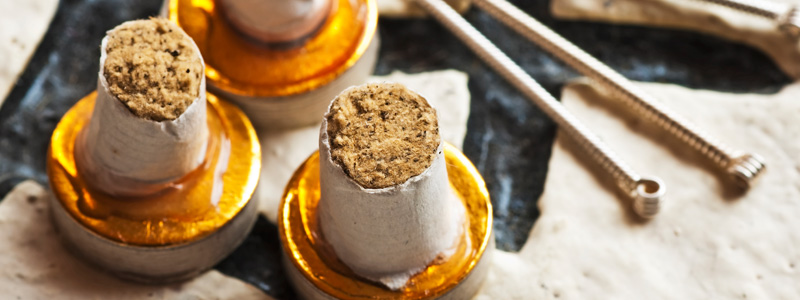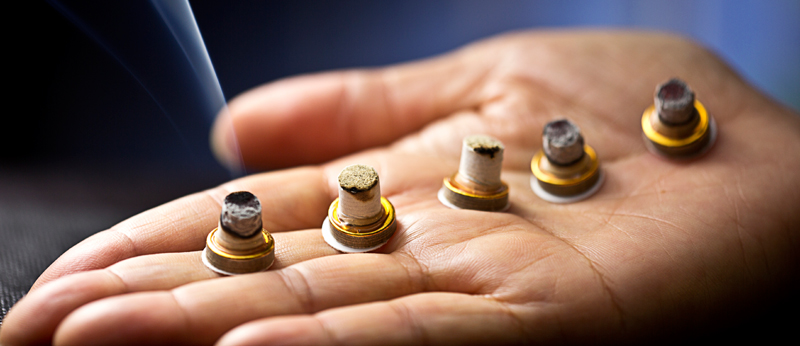
Moxibustion is a “method of applying a heat stimulus to the body by burning the dried and sifted leaf particles from the herb mugwort on or close to the skin, with the aim of freeing qi and blood, coursing qi, dispersing cold, eliminating dampness and warming yang.” In general, the function of burning moxa in (TCM) traditional Chinese medicine is to eliminate yin toxins, dispel stagnation, get rid of cold, reinforce qi and encourage yan.
There are several different ways moxibustion can be applied. It may be applied directly, indirectly or through the use of a small, thick stick of compacted dried mugwort. Well4ever’s practitioner, Guy Lederman, tends to use mugwort stick moxibustion. In this form, moxibustion is a lit, small, thick stick of dried mugwort which is held close to the body at various acupuncture points along the meridian. The points are chosen to most effectively expel cold and promote the flow of qi. It is a warming and pleasant experience which also encourages relaxation. As well expelling cold and stagnation, moxibustion is used for yang deficient constitutions, often characterised by cold feet and hands.
Mugwort contains essential oils and appears in medicinal histories of Medieval Europe, ancient Rome, traditional Indian medicine (Ayurveda), Korea and Japan. Mugwort or moxa is considered an emmenagogue – a herb which stimulates blood flow to the pelvic area and it is commonly used to address problems related to the menstrual cycle and during pregnancy. Findings published in the Journal of the American Medical Association in 1998 stated that “75% of women suffering from breech presentations before childbirth had fetuses that rotated to the normal position after receiving moxibustion at one acupuncture point on the bladder meridian”.
